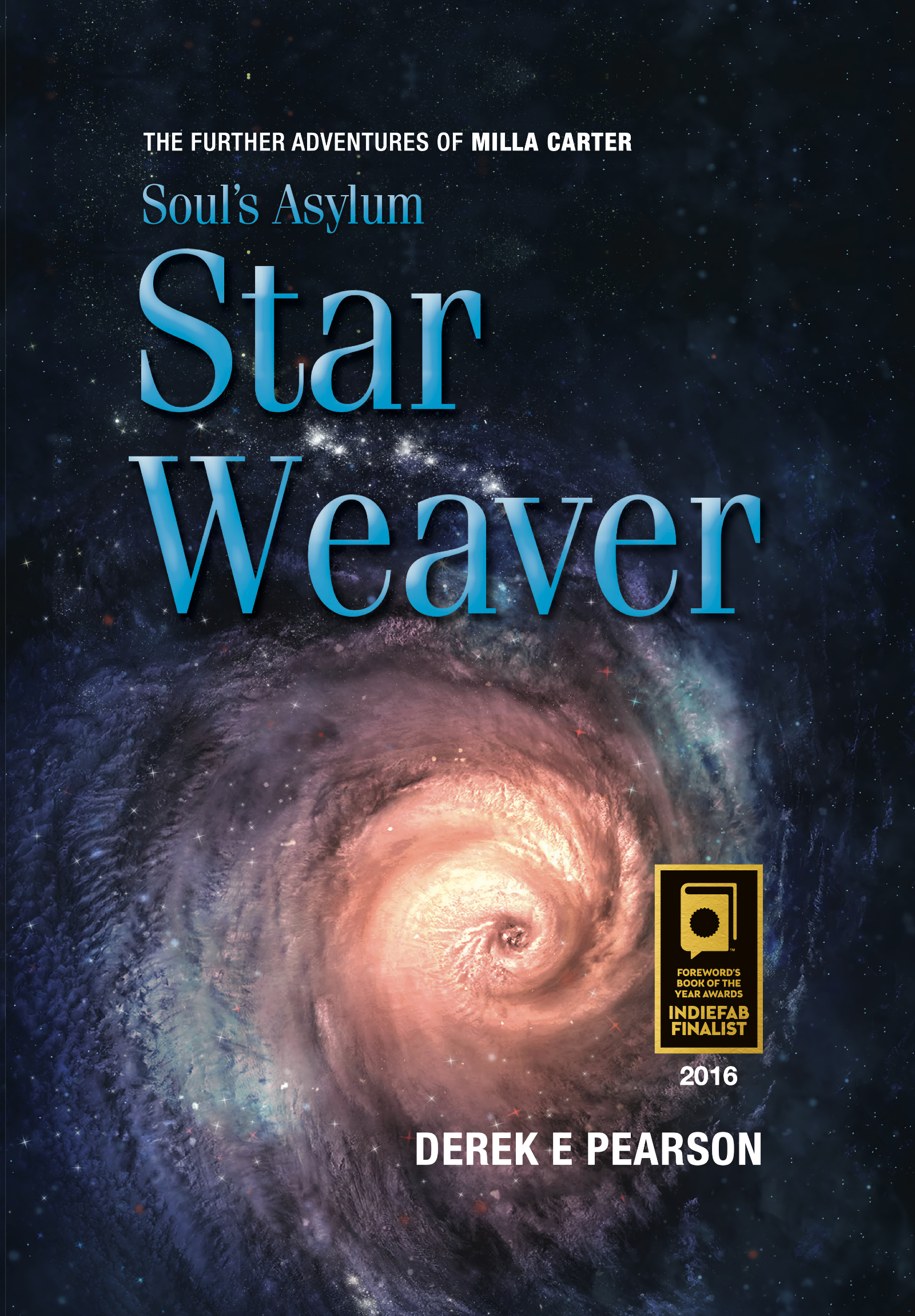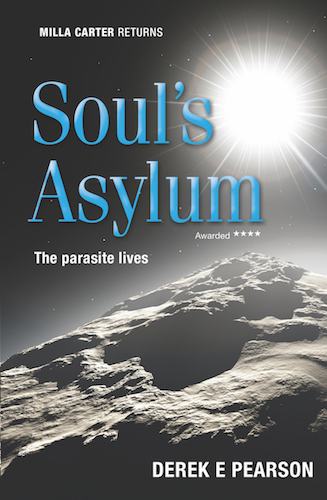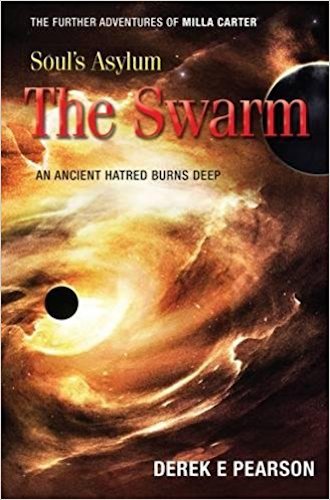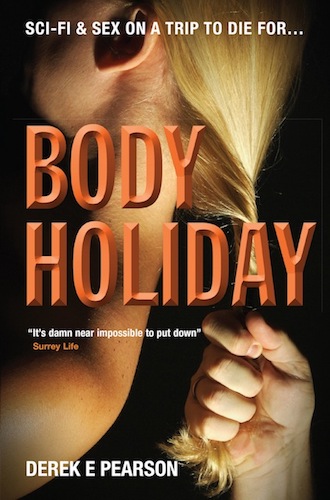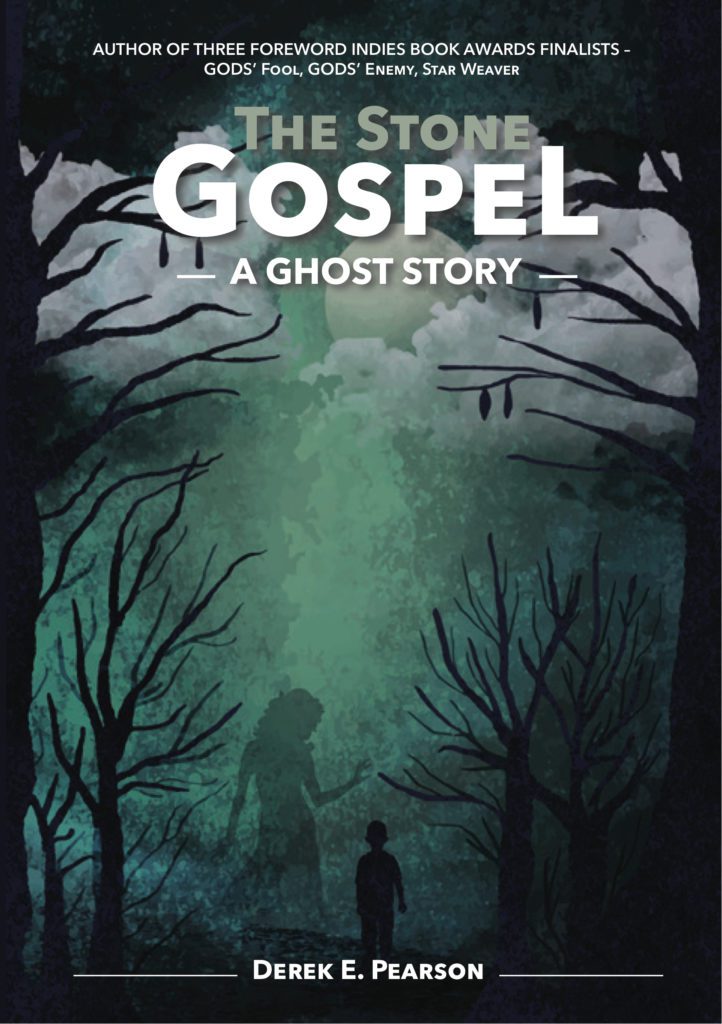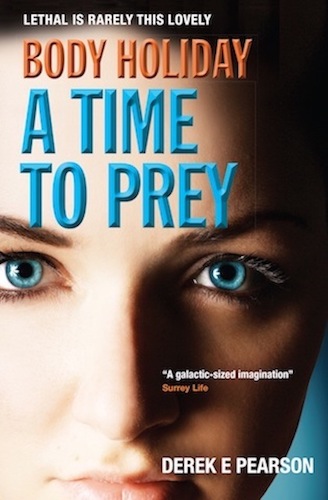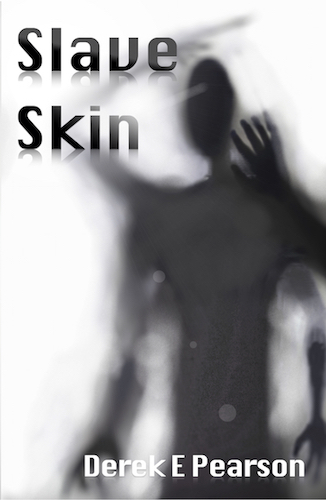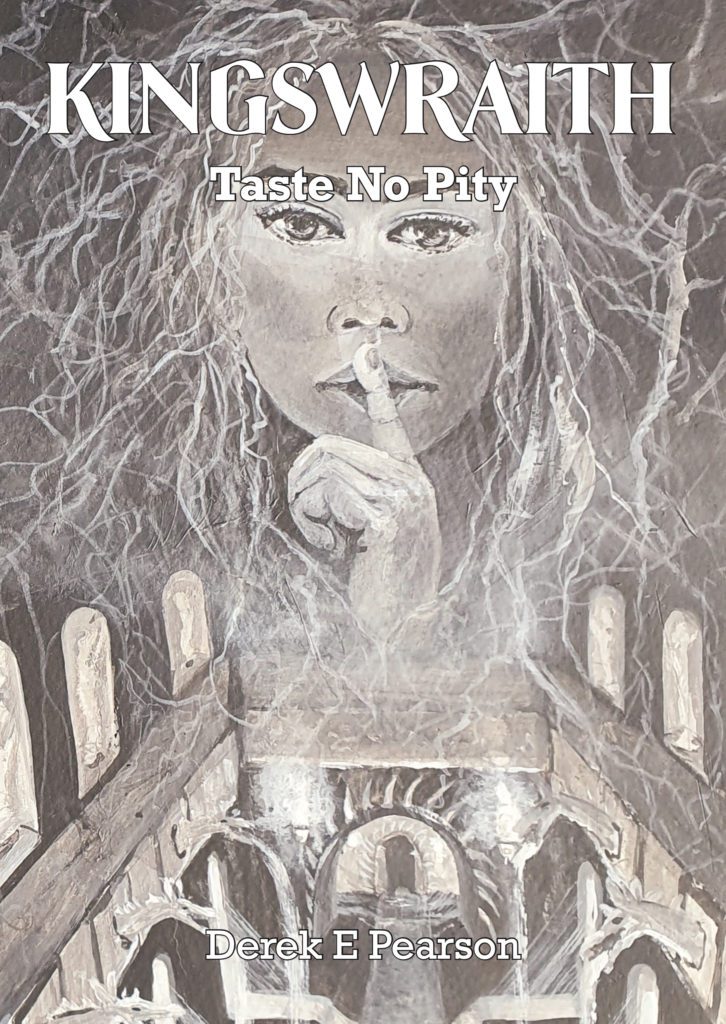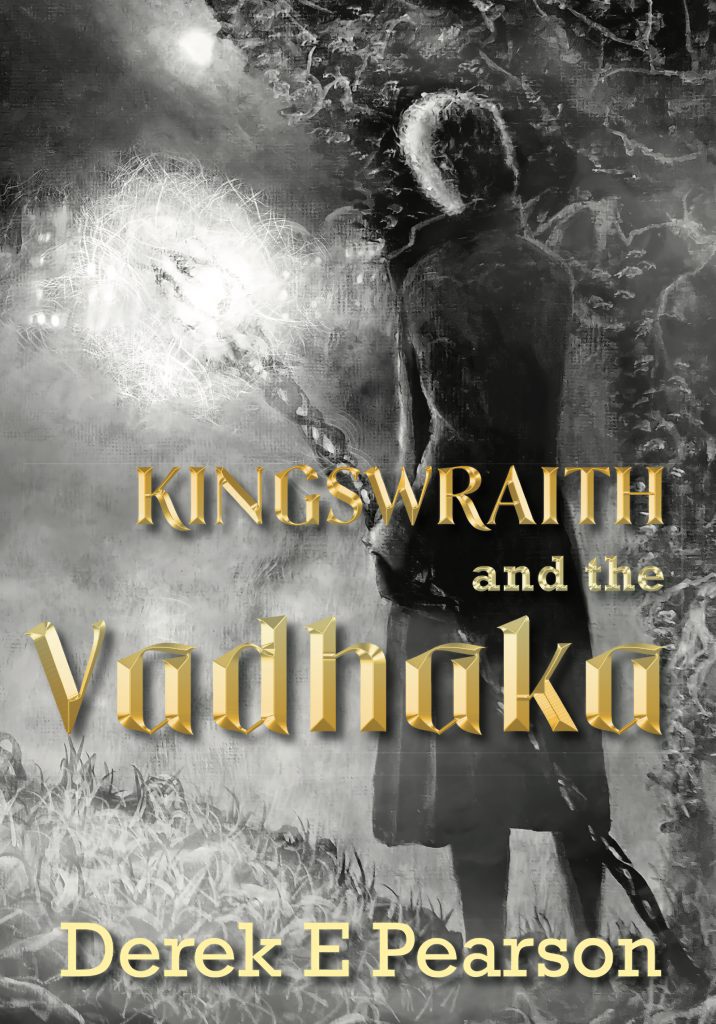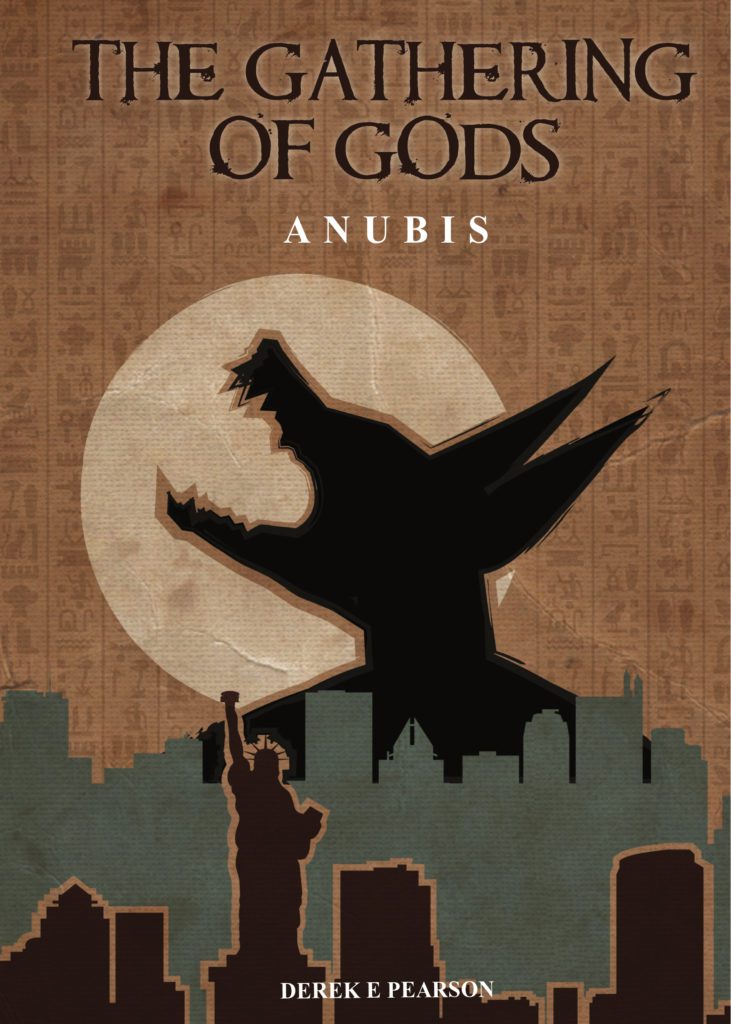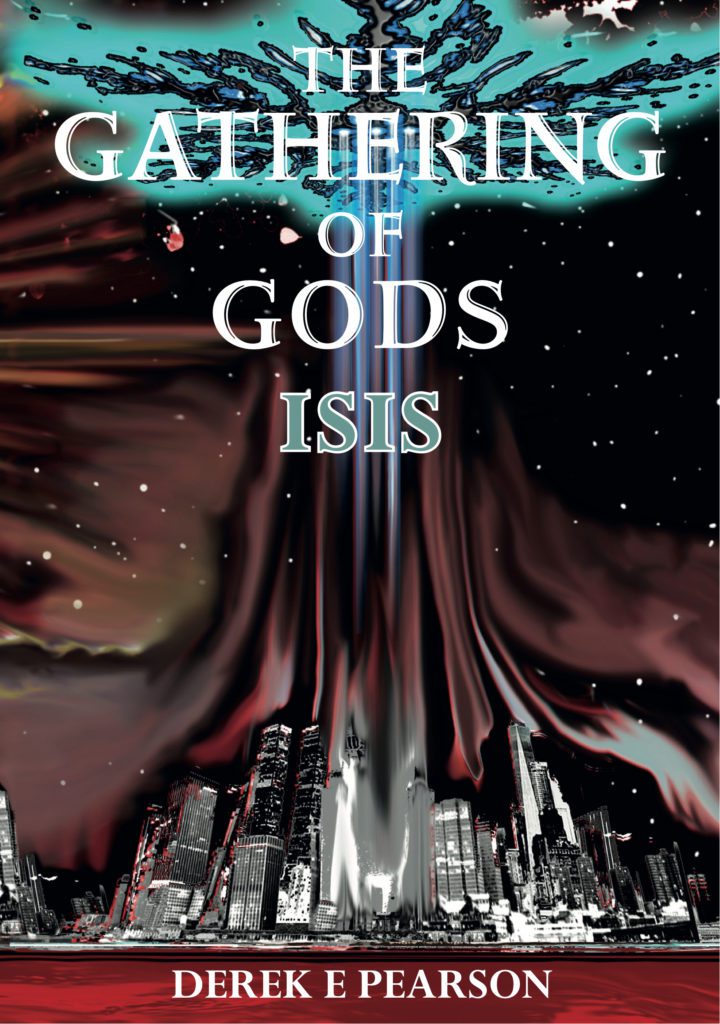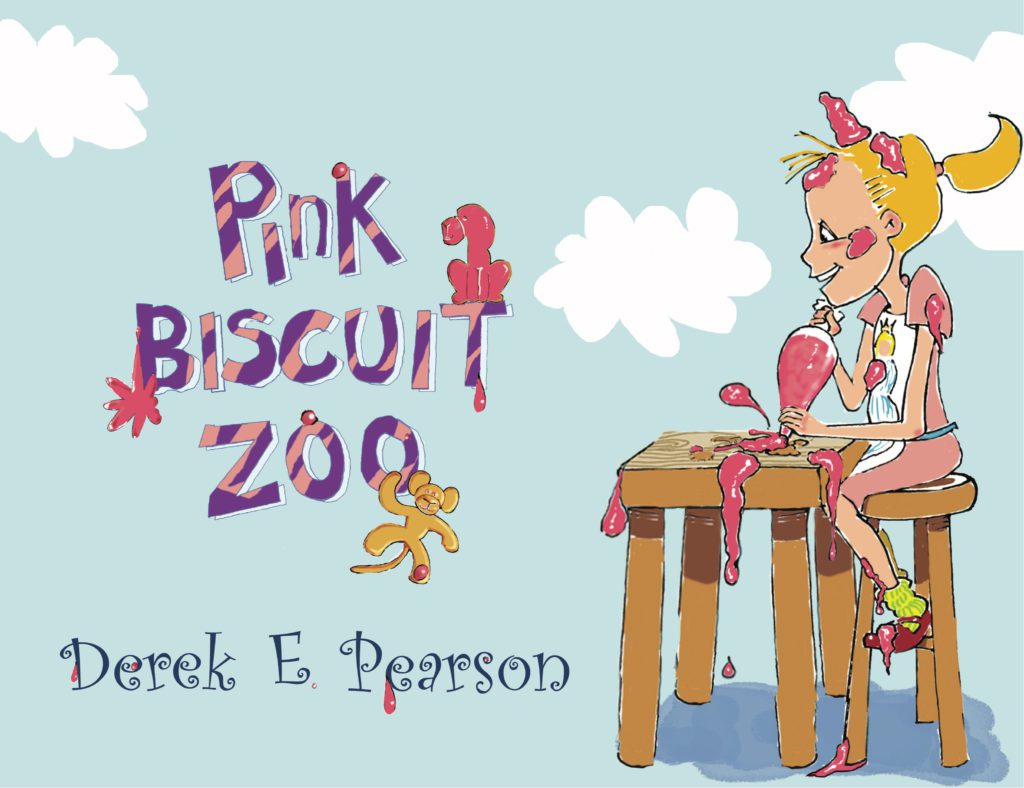THE NIGHTMARE DEEPENS
The haze of a winter moon shimmers across glass fronted buildings that tower against the darkness of a midnight sky. Metal hooded street lamps throw shafts of orange light onto roads glistening with rain. Everything is silent, apart from the gentle overhead whir of patrol drones and the noisy laughter of revellers spilling out of restaurants. This is where London’s wealthy live, work, and play oblivious to what is happening a stones throw away to the east, where the roads fragment into warrens of neglected streets. Low rise blocks nudged between dimly lit houses with dirt caked windows and graffiti scarred walls, stand alone in the darkness. Not many people live there, and the Sioux is not a resident.
Why is this prolific serial killer stalking the streets of the capital searching for victims to garrotte and scalp? Who’s next, and can Milla Carter prevent another murder? Star Weaver is the second book in Derek E Pearson’s Soul’s Asylum trilogy and like everything else he has produced to date, it ticks all the right boxes to qualify as a damn good read. It is thought provoking, intelligently written, and extremely compelling. Once again Milla Carter, Pearson’s beautiful protagonist, finds herself at the centre of a crisis only she can resolve. Her physical and telepathic skills may be formidable, but can they match the Sioux’s cunning?
This is a killer whose modus operandi is chillingly laid bare in the opening chapter. A “monomolecular carbon-ceramic wire” slices through “flesh, muscle and sinew” and severs the carotid artery of a young woman with a “long mane of glossy strawberry blonde hair”. As the victim’s blood rises in “a boiling spray” the Sioux pulls out a skinning knife to finish the gristly procedure. Curiously the murderer interlaces the act of killing with thoughts of benevolence. The victim is a “poor creature” whose soul is crying out to be freed from its bodily imprisonment. The Sioux’s “garrotting wire of mercy” delivers emancipation. What sort of mind can find compassion in an act of violence, and why are the police no closer to apprehending the killer? The Sioux leaves no crime scene clues yet for Milla the big worry is that the killer is telepath opaque, which makes it difficult for her to track them down via thought penetration.
What follows is a story that veers between a crime novel, a psychological thriller, and a fist punching science fiction action chaser. The pace never flags because Pearson’s hold on the narrative is tight, especially when he guides the reader into emotionally challenging territory. The killer may be a psychopath but in the context of their damaged mind the taking of a life makes sense. It is a ritual that honours a deity who the Sioux believes chose them to be the keeper of the universe. Garrotting and scalping the victims is a rite to be conducted with patience and reverence, hence the “consideration” shown to each victim.
Pearson doesn’t expect us to empathise with a serial killer, but he does provide a context in which to judge their actions. It is lazy to simply write them off as a monster or mindless animal. What makes them tick? How did they become what they are? Were they born evil, or are they the product of a flawed environment? What Pearson is suggesting is that nothing is as straightforward as it might seem, and Milla Carter is the conduit for that sentiment. In the Body Holiday trilogy, she meted out justice with a black and white view of the world that rarely left room for any grey. In Star Weaver she brings objectivity and even a trace of compassion to the pursuit of what is right, even if the source of the threat is a dangerous killer.
The real strength of this novel lies in its structure. The action is never restricted to one place and it’s that constant sense of movement which feeds the tempo. Characters are either travelling between countries, living and working in outer space, or existing in alternative worlds that only a telepath can access. So much is happening in an undefined timeline, yet everything is somehow connected. The hunt for the Sioux will impact Milla’s crusade to settle her unfinished business with Earth’s ruling Senate; the telepath sisterhood that once branded her as dangerous now looks to her for protection when it finds itself under attack; an enemy comes back from the dead with a conditional offer of “friendship”; while on the fringes of space an even bigger danger is looming. A deadly alien swarm is heading towards the solar system with planet earth in its line of fire. Why does it want to destroy humanity and can the people of Antisoc Outer, the planetary community that stands in its path, repel the danger?
Star Weaver revisits themes familiar to Pearson’s readers. There are theological concepts, a re-imagining of science, and a fascination with dystopian futures. In her earlier adventures, Milla Carter was the avenging angel who brought down the evil Body Holiday Foundation. The justness of the cause was never in any doubt and while that’s also true in Star Weaver, the fight between good and evil is more complicated because the danger is abstract. Space is the sanctuary from where the Swarm hatches its evil plan which is why Milla is forced to raise her game to counter the threat. The hunt for the Sioux exposed her limitations and now those weaknesses must be eradicated if she is to fulfil her prophetic destiny.
Star Weaver is a novel that lends itself to multiple interpretations. Is it an allegory of the bible; a re-working of HG Wells’ sci-fi classic The War of the Worlds, or a feminist fantasy? Take your pick, although I’m inclined to see it as all that and much more.
Reviewed by Juliette Foster
Why not add The Parasite Lives and The Swarm, the first and second book of the Soul’s Asylum trilogy, to your Derek E. Pearson collection? Click on the covers to find out about other books written by the author. Hear Derek E Pearson read an excerpt from his novel Slave Skin. Watch a video of the author in conversation with Read2Write’s Juliette Foster.



